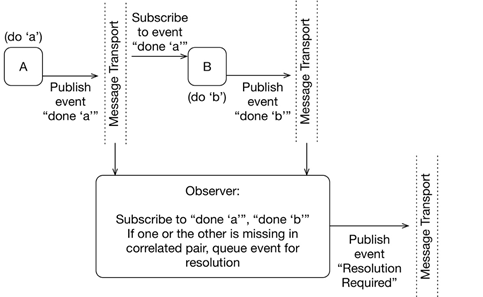Sometimes there’s persistent confusion on the relationship between architecture and agile delivery.
If you’re building anything more complex than a website or a mobile app with a cloud backend for the front end (BFF), then you need to identify and decide upfront things that are going to be hard to change later. But this doesn’t mean you have to figure out every detail in advance. Architecture in agile is very much about figuring out and deciding the key things that are hard to change later – and these vary case by case.
A good analogy would be in building bridges: you have to decide what type of a bridge it will be, e.g. a suspension bridge:
Or a movable bascule bridge:
The type of the bridge you’re building has to be figured out in advance since you can’t easily change one into the other mid-construction. It is a function of core constraints and requirements – the span, the height of the ships you want to be able to pass underneath it, etc.
However, what colour to paint the bridge or how to decorate it is a very flexible choice – no need to debate it upfront as you can change it at any time later (well, ideally before you bought a million dollars’ worth of paint).
If you’re building anything more complex than a website or a mobile app with a cloud backend for the front end (BFF), then you need to identify and decide upfront things that are going to be hard to change later. But this doesn’t mean you have to figure out every detail in advance. Architecture in agile is very much about figuring out and deciding the key things that are hard to change later – and these vary case by case.
A good analogy would be in building bridges: you have to decide what type of a bridge it will be, e.g. a suspension bridge:
 |
| Manhattan Bridge Construction, Wikimedia Commons» |
Or a movable bascule bridge:
.jpg/640px-Palace_Bridge_SPB_(img2).jpg) |
| © Alex Fedorov, Wikimedia Commons |
The type of the bridge you’re building has to be figured out in advance since you can’t easily change one into the other mid-construction. It is a function of core constraints and requirements – the span, the height of the ships you want to be able to pass underneath it, etc.
However, what colour to paint the bridge or how to decorate it is a very flexible choice – no need to debate it upfront as you can change it at any time later (well, ideally before you bought a million dollars’ worth of paint).



